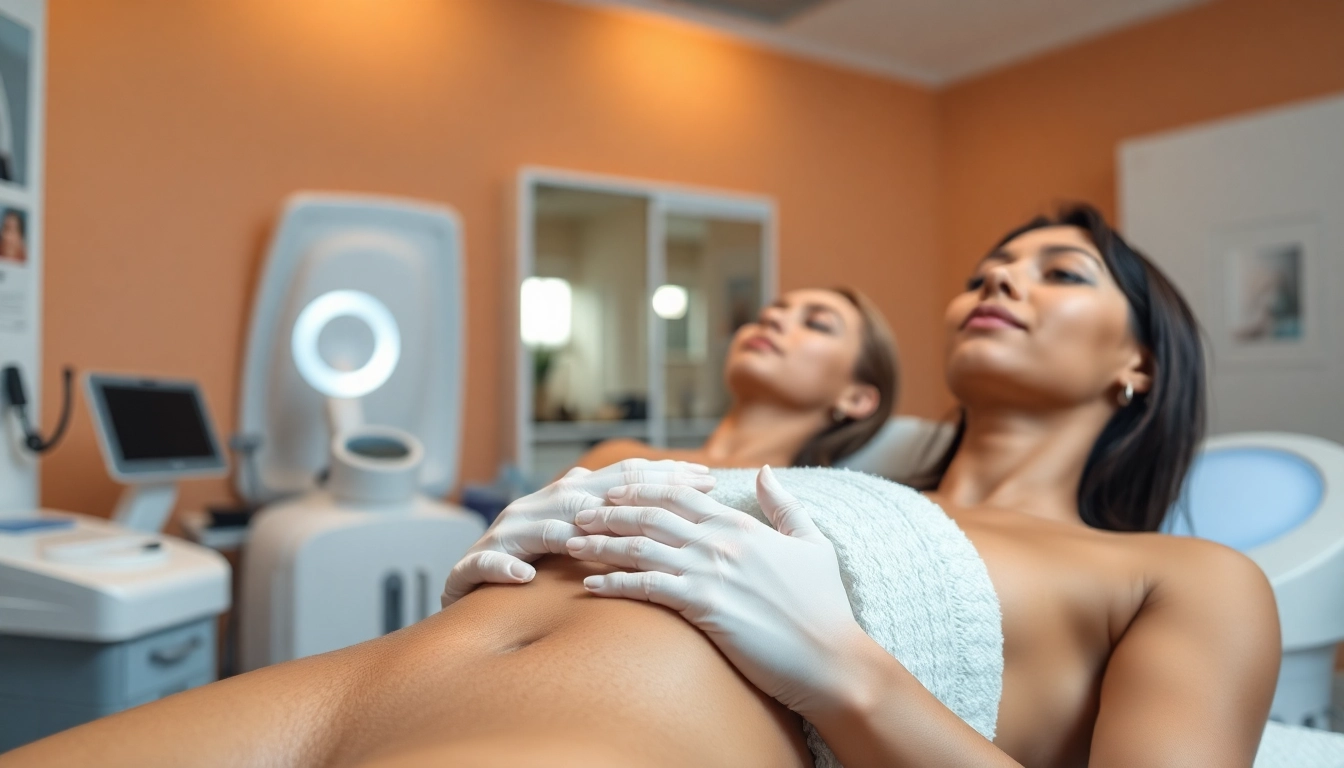What is Testosterone Replacement Therapy?
Definition and Purpose of Testosterone Replacement Therapy
Testosterone Replacement Therapy (TRT) is a medical treatment designed to restore testosterone levels in men who have been diagnosed with low testosterone, also known as hypogonadism. This condition can lead to a variety of symptoms impacting a man’s quality of life, including fatigue, depression, reduced libido, and diminished muscle mass. By administering testosterone through various methods, TRT aims to alleviate these symptoms and improve overall well-being.
How Testosterone Replacement Therapy Works
The body produces testosterone primarily in the testicles and, to a lesser extent, in the adrenal glands. This hormone plays a crucial role in several bodily functions, including the development of male reproductive tissues, the maintenance of muscle mass, and the promotion of bone density. TRT works by supplementing the body’s testosterone levels, enabling men to regain the hormonal balance needed for optimal health and functioning.
Different Forms of Testosterone Replacement Therapy
There are several practical forms of Testosterone Replacement Therapy available, including:
- Injections: Administered directly into the muscle, either on a weekly or biweekly basis. Injections are well-regarded for their effectiveness in rapidly raising testosterone levels.
- Patches: Transdermal patches are applied to the skin, allowing for a steady absorption of testosterone throughout the day.
- Gels: Testosterone gels are another transdermal option that provides an easy and effective way to boost testosterone levels via absorption through the skin.
- Pellets: Small pellets containing testosterone can be implanted under the skin, providing a slow and consistent release of the hormone over several months.
Benefits of Testosterone Replacement Therapy
Improving Energy and Mood
One of the primary benefits of TRT is the improvement in energy levels and mood. Many men report enhanced vitality and a decrease in fatigue after commencing treatment. This increased energy can contribute to better engagement in daily activities and an overall improved outlook on life.
Enhancing Sexual Function
TRT can significantly improve sexual drive and performance. Men suffering from low testosterone often experience reduced libido and erectile dysfunction. By restoring testosterone to optimal levels, patients frequently experience increased sexual arousal, improved erections, and enhanced overall sexual satisfaction.
Boosting Muscle Mass and Bone Density
Testosterone is essential for maintaining muscle mass and bone density. Studies show that men undergoing TRT can regain lost muscle strength, leading to a more toned physique and better physical performance. Additionally, increased testosterone levels play a significant role in enhancing bone density, reducing the risk of bone fractures and conditions like osteoporosis in older age.
Potential Risks and Side Effects of Testosterone Replacement Therapy
Short-term Side Effects
While TRT offers numerous benefits, it is crucial to acknowledge potential side effects. Short-term side effects can include acne, sleep apnea, and fluid retention. Some men may also experience mood swings during the initial stages of treatment as their body adjusts to the hormonal changes.
Long-term Health Implications
Long-term use of TRT is associated with possible health risks, including the potential for cardiovascular issues and prostate enlargement. Research has provided mixed results regarding these risks, and ongoing monitoring by healthcare professionals is essential for those undergoing treatment.
Who Should Avoid Testosterone Replacement Therapy?
Not every individual with low testosterone is a suitable candidate for TRT. Men with a history of prostate cancer, those suffering from serious cardiovascular health conditions, or individuals with specific types of liver disease should avoid TRT. Thus, a thorough evaluation by a healthcare provider before beginning treatment is necessary.
When to Consider Testosterone Replacement Therapy
Identifying Symptoms of Low Testosterone
Recognizing symptoms of low testosterone is the first step to considering TRT. Common signs include low energy levels, mood changes, reduced libido, difficulty concentrating, and increased body fat. Men experiencing these symptoms should consult a doctor for further evaluation.
Consultation and Diagnosis Process
The diagnosis of low testosterone typically involves a thorough medical history review, symptom assessment, and blood tests to measure testosterone levels. Testosterone levels can fluctuate throughout the day, so multiple tests may be necessary for an accurate diagnosis. It’s important for individuals to communicate openly with their healthcare provider to ensure an informed decision is made regarding TRT.
Evaluating Lifestyle Changes Before Therapy
Before proceeding with TRT, it’s advisable to evaluate lifestyle choices that can naturally boost testosterone levels. Integrating regular physical activity, a balanced diet rich in nutrients, quality sleep, and stress management techniques can significantly improve overall hormone balance without the need for therapy.
Monitoring and Managing Testosterone Replacement Therapy
Regular Health Check-ups
Ongoing monitoring is crucial for anyone undergoing Testosterone Replacement Therapy. Regular health check-ups allow healthcare providers to assess the effectiveness of treatment, make necessary adjustments, and monitor for any potential side effects or health complications. Blood tests may be conducted periodically to evaluate testosterone levels and overall health markers.
Adjusting Treatment Plans
Each individual’s response to TRT can vary, leading to potential adjustments in treatment plans. If a patient experiences side effects or if testosterone levels do not improve sufficiently, the healthcare provider may consider alternative methods of administration, dosage changes, or additional therapies to achieve optimal results.
Integrating Healthy Lifestyle Choices
For best results, TRT should be viewed as part of a holistic approach to health. Integrating healthy lifestyle choices — such as engaging in regular exercise, maintaining a nutritious diet, and fostering psychological well-being — will enhance the overall effectiveness of Testosterone Replacement Therapy. Emphasizing these aspects not only improves treatment outcomes but contributes to long-term health and vitality.
In conclusion, Testosterone Replacement Therapy presents a viable option for men suffering from low testosterone levels, offering significant potential benefits alongside associated risks. A thorough assessment and dialogue with healthcare providers can ensure that individuals make informed and effective choices regarding their treatment options.



